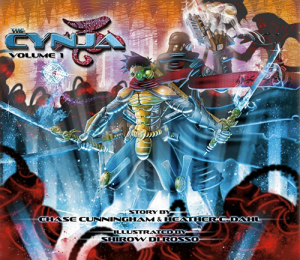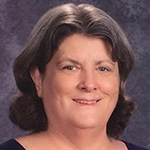If you’re reading this, it means that you are a dedicated teacher who cares about CS education. You might not think about policy very much, but it can have a big impact in broadening participation in CS in your state. Here are a few reasons why policy matters.
Establishing CS as a Core K-12 Subject Area.
NH and many other states have MS and HS technology program requirements. These programs are a mixed bag – many are primarily digital literacy, but a lot of schools are incorporating coding, makerspaces, robotics, and other experiences that are very much a part of CS education.
At the HS level, there are Career / Technical Education (CTE) programs in the Engineering and Information Technology clusters that are related to CS. These are good programs, but they are for 11th and 12th grade students who already plan to go into IT or Engineering. We know that this is too late for equity.
Establishing K-12 Computer Science standards that are distinct from CTE program standards signals that CS is a core subject for ALL students, and helps tie the CS-related experiences mentioned above into a cohesive whole. Core K-12 CS provides a pathway into the CTE programs above and others, for example: Business / Financial Operations; Healthcare Technology; and more.
Getting Reliable Data and Using it to Make Improvements
In NH, certification, standards, and funding are all linked. Each certification area has a linked set of academic standards. This is how courses are identified in our state information systems. Since our K-12 standards and certification are brand new, we have a big push to recertify current CS teachers and reclassify courses. This will give us a new lens into CS education across the state.
When we have opportunities to utilize state and federal funds to advance our objectives, we rely on this data to target our programs and achieve the greatest impact. We need to define CS and identify CS so that we can be smart about expanding and broadening participation.
Growing the Pool of CS Teachers
Our certification rules are linked with the program approval standards for teacher preparation programs. This means that with our new K-12 CS certification we now have the opportunity to establish programs that lead to certification as a CS teacher.
The rules are also a guideline for teachers who teach some CS, to take the plunge and become a “full-fledged” CS teacher. Our certification program is competency-based, so educators can acquire the necessary skills and knowledge through a number of means.
You Can Help
Is there a line of communication between your CSTA chapter and your State Education Agency? Find out what they’re up to and what you can do to help. We all need to work together to make CS for All a reality.
Check out the CSTA Advocacy Menu for some ideas for CS Education Week, Dec. 4-10, 2017:
For more information on state-level K-12 CS policy, please check out these documents:

David Benedetto
At-Large Representative

 For 5-8-year-olds, Hello Ruby: Adventures in Coding by Linda Liukas is a wonderful place to start. Written to introduce young children to computing, it is a picture book about a “small girl with a huge imagination.” As Ruby goes on adventures, students learn about planning, sequences, algorithms, collaboration, conditionals, loops, and more. The book includes activities that go along with the story, and the
For 5-8-year-olds, Hello Ruby: Adventures in Coding by Linda Liukas is a wonderful place to start. Written to introduce young children to computing, it is a picture book about a “small girl with a huge imagination.” As Ruby goes on adventures, students learn about planning, sequences, algorithms, collaboration, conditionals, loops, and more. The book includes activities that go along with the story, and the  A graphic novel for 8-12-year-olds that covers multiple CS concepts is Secret Coders by Gene Luen Yang and Mike Holmes. It is the first in a series of books that combine logic puzzles and coding (in Logo) wrapped up in a mystery storyline. The
A graphic novel for 8-12-year-olds that covers multiple CS concepts is Secret Coders by Gene Luen Yang and Mike Holmes. It is the first in a series of books that combine logic puzzles and coding (in Logo) wrapped up in a mystery storyline. The 



